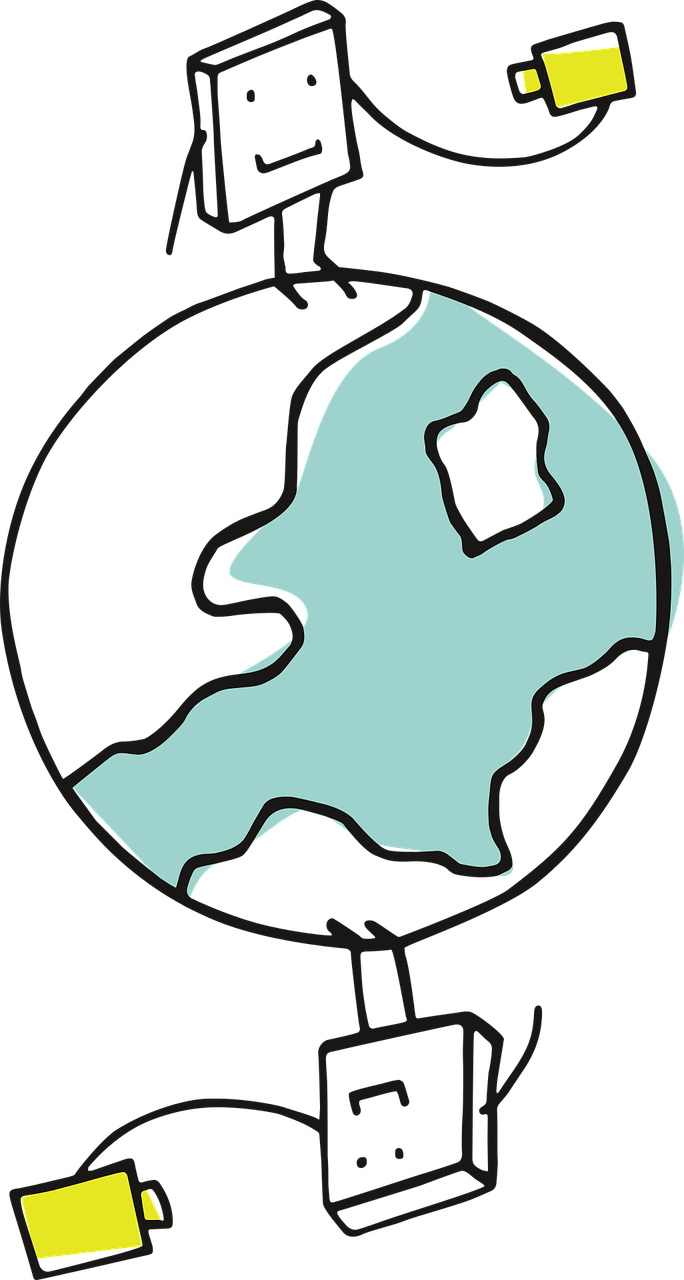This week we got to experience the video conference rooms in the basement of the Clearihue building. I had no idea that the rooms were there, so I am glad that I am now aware of the resource. The main conference rooms have two cameras that zoom in on the speaker, soundproofing on the walls, and mics in the ceiling. There are screens in the room that can project both video and screen share. Later in the class, we also got to see the telepresence robot in action. It was first brought into our classroom, and then one of my classmates was able to direct it down the hallway of the building and chat with some people in the Learning Commons. Overall, we learned that these technologies can improve classroom accessibility. Students can robot or video in to still be a part of the learning experience if they are elsewhere in the world, or can’t be physically present due to illness, disability, or mental health issues.
Discussion regarding different modalities for classroom design included whether or not instructor preference should be taken over student accessibility, why do we need to have required face-to-face experiences, does/should modality bias exist, and should we allow flexibility in modality accessibility and what are the implications of a multi-access classroom?
We also had the pleasure of our classmates presenting the results of various tech inquiry projects. The topics included…
- Google Apps for Education
- Technology to Aid Literacy Development
- Technology-Assisted Learning (how technology can be used for adaptations)
- Computer-Assisted Instruction
- Speech-to-text software (Dragon Professional Individual, Braina, PODD, Ivona, Read and Write Google Chrome Plugin)
- Smartboards
My group also presented on our topic of mindfulness apps in the classroom, info for which can be found in the resource we put together.
Featured image by manfredsteger on Pixabay

Leave a Reply